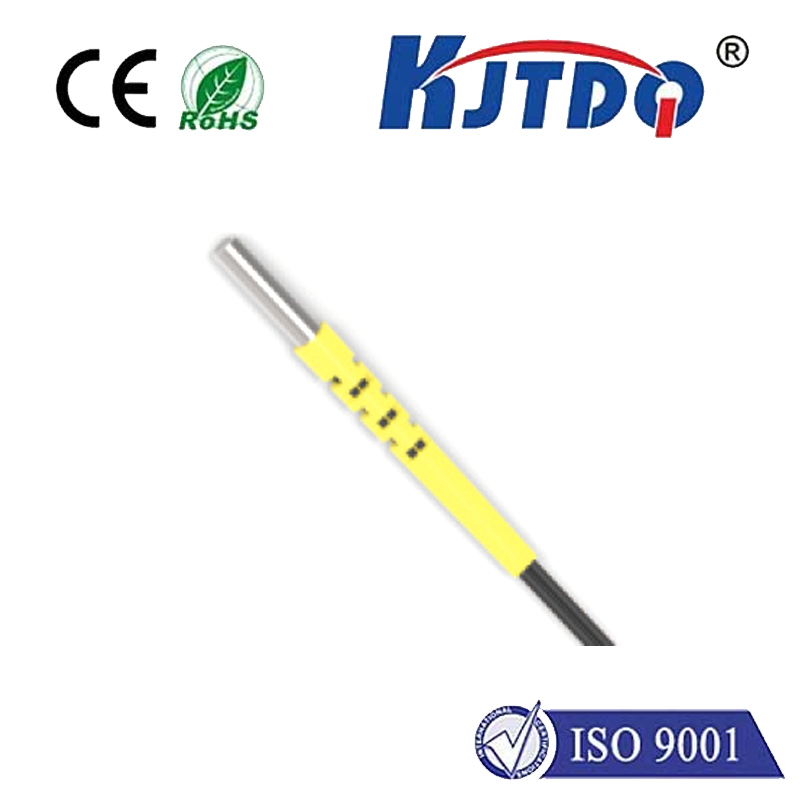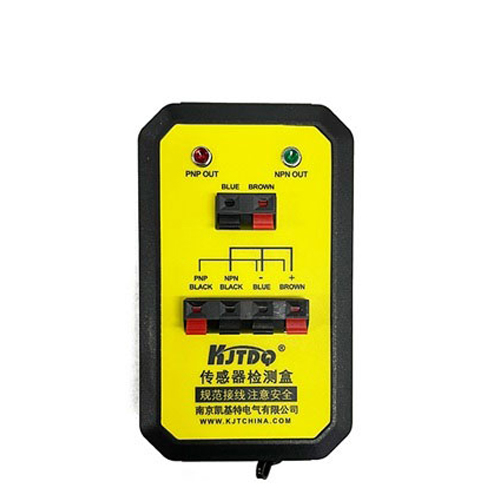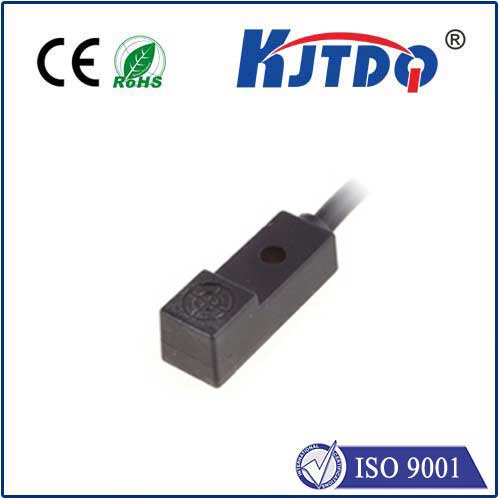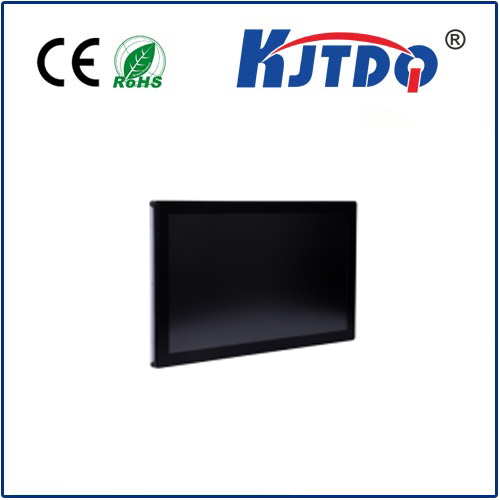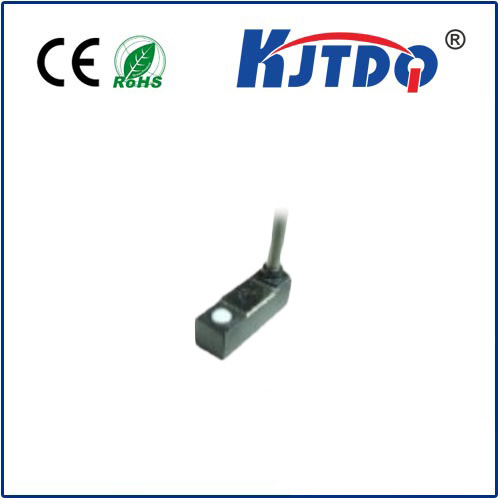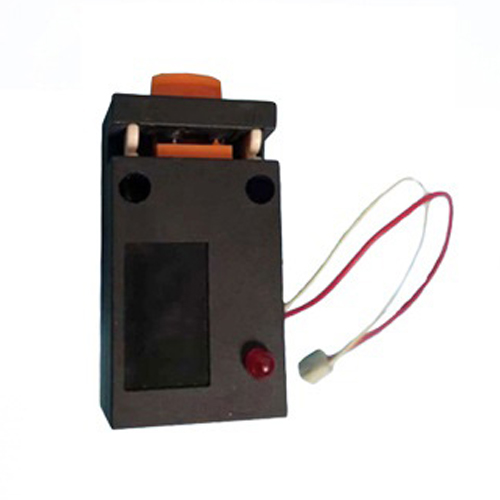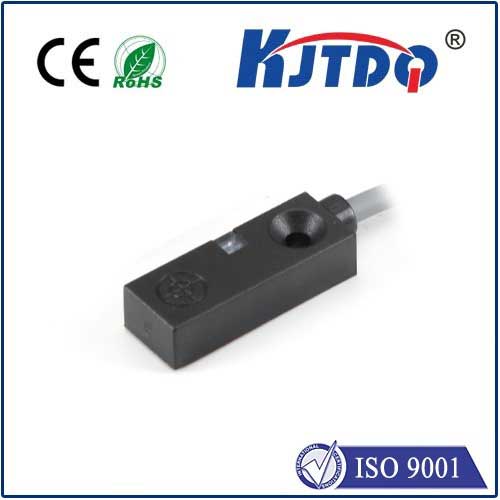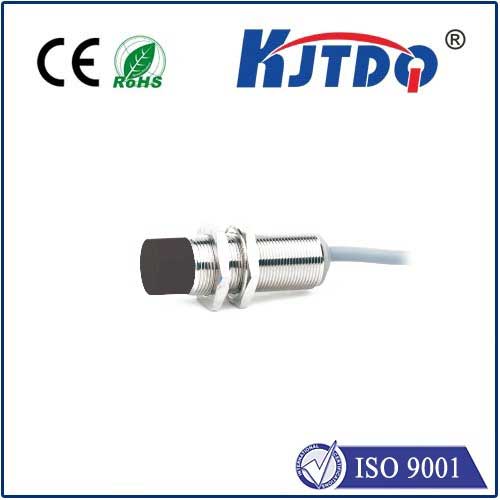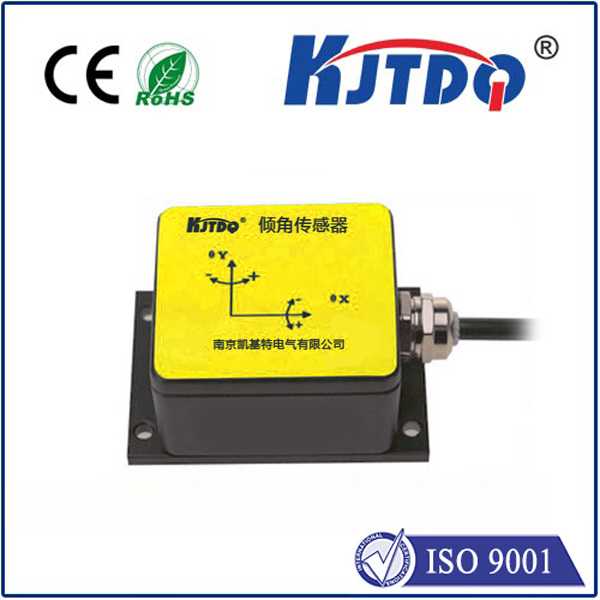

check

check

check

check

check

check

check

check

check

check
Title: The Evolution of Switches: A Comprehensive Guide to thewhisker Type Limit Switch
I. Introduction
A. Brief explanation of switches and their importance in various industries
B. Overview of the different types of switches, including their applications and features
C. Focus on the whisker type limit switch and its unique characteristics
D. Purpose of the article: to provide a comprehensive guide to understanding the nuances of the whisker type limit switch
II. Anatomy of a Switch

A. Definition of a switch and its basic components
B. Explanation of the different types of switches, including contact, magnetic, and more
C. Overview of the structure of a typical switch, including the actuator, contacts, and other components
III. The Whisker Type Limit Switch
A. Definition of the whisker type limit switch and its main features
B. Explanation of how the whisker acts as a barrier, preventing movement of the switch arm when it reaches a certain point
C. Discussion of the various materials used in the construction of whisker type limit switches, including steel, brass, and plastic
D. Comparison of the performance of whisker type limit switches versus other types of switches
IV. Applications of Whisker Type Limit Switches
A. Overview of common industrial and laboratory applications for whisker type limit switches, such as control systems, automation equipment, and scientific instruments
B. Discussion of specific industries where whisker type limit switches are often used, such as automotive, food processing, and pharmaceuticals
C. Analysis of the benefits and drawbacks of using whisker type limit switches in specific applications, including safety, reliability, and cost efficiency
V. Maintenance and Repair of Whisker Type Limit Switches
A. Tips for maintaining the proper function and longevity of whisker type limit switches
B. Overview of common repairs for whisker type limit switches, including replacing worn-out parts or adjusting the position of the switch arm
